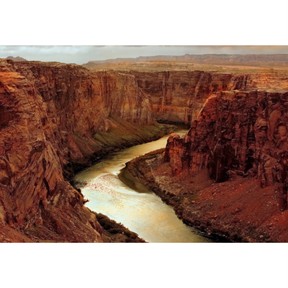
Describe the Earth's surface
I can identify and describe different features on the Earth's surface.



8,000 schools use Gynzy
92,000 teachers use Gynzy
1,600,000 students use Gynzy
General
In this lesson, students will learn about different features on the Earth’s surface and what makes each unique or important. They’ll be able to differentiate between water features and land features. The lesson includes a matching activity and riddles for students to solve.
Standards
NGSS:
2-ESS2-1; 2-ESS2-2; 2-ESS2-3
Learning Objective
Students will be able to describe the different land and water features of the Earth’s surface.
Introduction
Students talk to a partner and describe the land in their community. For example, is there a beach nearby? Maybe mountains on the horizon? How is the land in other places different than the one they live in? Show some pictures of landforms on Earth and ask students if they can identify them.
Instruction
Explain that Earth has both water features and land features. Move the images to the side to see some examples of each. Go over some examples of water features and describe them. These include oceans, rivers, streams, lakes, ponds, and waterfalls. Next, teach students about land features including mountains, hills, plateaus, valleys, canyons, islands, and peninsulas. Show students some pictures of each. Then students will draw a line to match the pictures to the correct word. Finally, read the riddles and see if students can use their knowledge to solve them!
Quiz
Students respond to ten multiple-choice and true/false questions. They will be given a description and they must decide which of Earth’s features is being described.
Closing
Review Earth’s features with the class and have students provide some examples of land and water features. Then students spin the wheel and take turns describing the feature they land on.
The online teaching platform for interactive whiteboards and displays in schools
Save time building lessons
Manage the classroom more efficiently
Increase student engagement
Discover more!
About Gynzy
Gynzy is an online teaching platform for interactive whiteboards and displays in schools.
With a focus on elementary education, Gynzy’s Whiteboard, digital tools, and activities make it easy for teachers to save time building lessons, increase student engagement, and make classroom management more efficient.



